2024
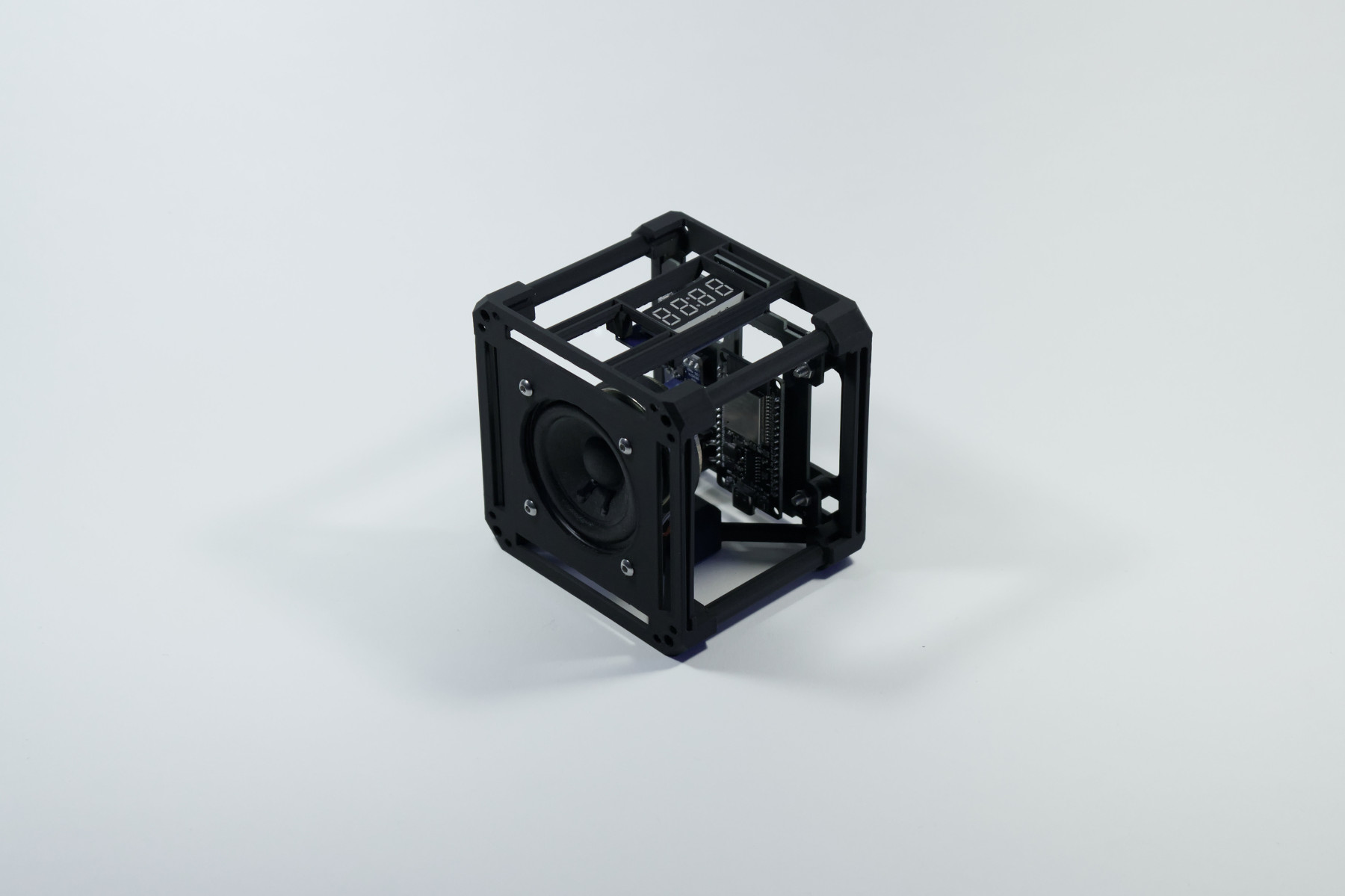
Year
Exhibitions
Galerie Flut, University of the Arts, Bremen, 2024
Features
creativeapplications.net, 2024
@creativeappsnet, 2024
digitalmedia-bremen.de, 2024
@digitalmediabremen, 2024
@metacontemp, 2024
Strategies for an Auction is a composition and sound installation consisting of six sound objects featuring speakers, displays and microcontrollers. The installation attempts to reenact a real time bidding system normally found in online advertisement platforms, which is responsible for determining what personalized ad is shown to a specific user in a given moment. This algorithm is unknown to the public both in ad platforms as well as in the installation. Hence it is up to each individual to try and understand it’s workings and underlying intentions. The work combines a generative algorithmic system with a compositional approach in an attempt to both understand the hidden nature of the algorithm as well as emphasizing how we come up with our own interpretations of it. Using sound as a medium for encoded data in an algorithm further underlines the opaque nature of the algorithmic system, as sound is itself an abstract representation.
The six objects behave as autonomous agents in the system, each attempting to win bids in a virtual auction. Every agent tries to win some of the auctions and adapts their bids accordingly. The agents are accompanied by loudspeakers playing additional sounds, which represent both the different ad contents each agent might provide, aswell as the subjective nature of the interpretations and reactions to being confronted to such a system.
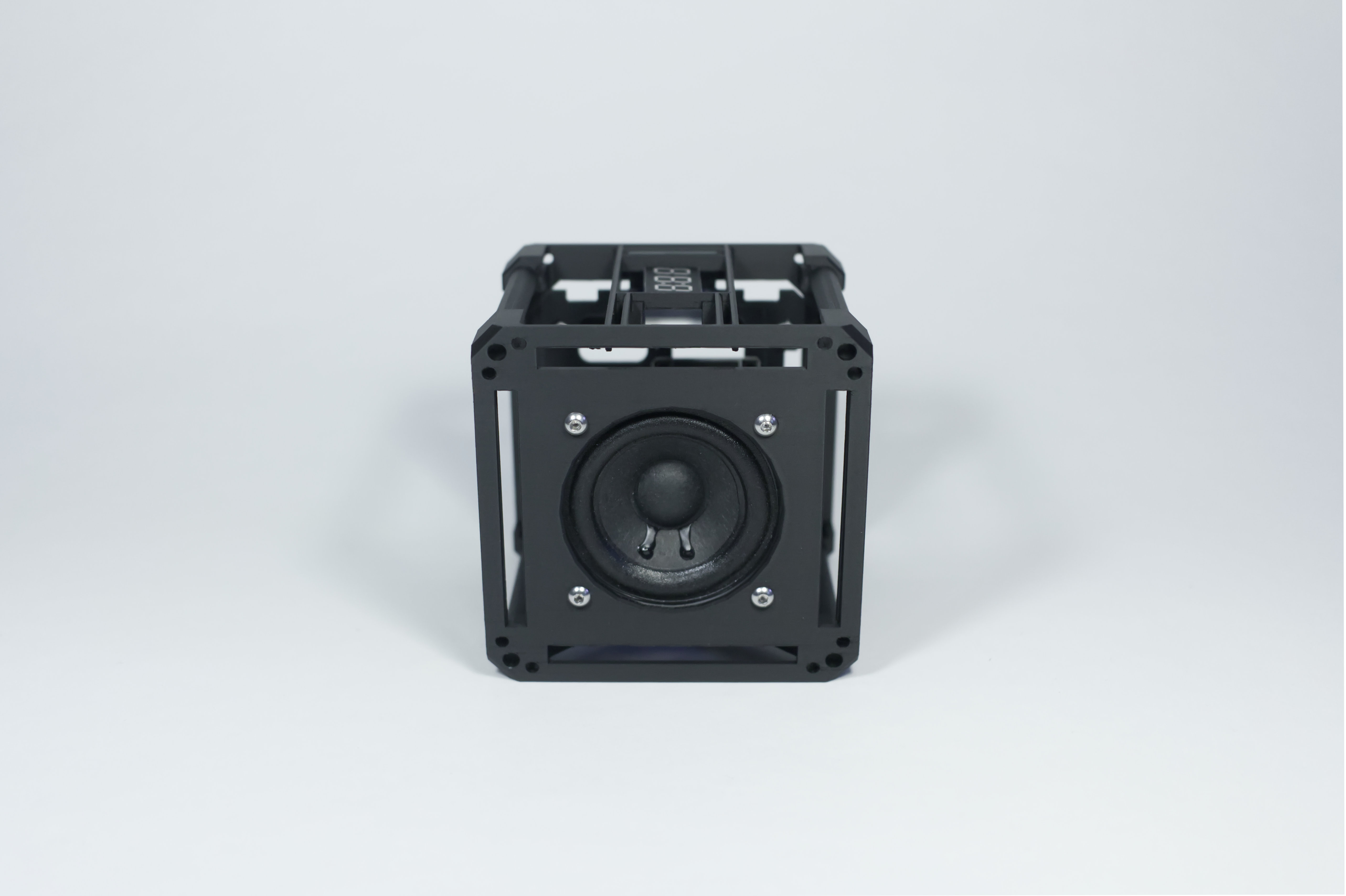
The ten minute sequence starts with just the sound of one agent and slowly adds more voices. After the agents had some time to perform on their own, the soundtrack starts to add more layers. At first it stays in a call and response scheme using very simple figures. The call and response scheme hints to the soundtrack being a reaction to the behaviour of the technical system. Slowly it tries to cite more complex aspects of the objects patterns, adding different sounds and layers, which are overlaying with the objects, sometimes citing their rhythmic elements, other times simplifying or ignoring their characteristics. The additional sonic figures are all derived from a simple vocabulary consisting of one type of sound per agent. The events of the algorithm (i.e. when a virtual auction starts, how fast a bidder is responding to it, how long it takes to announce the winner and when the soundtrack reacts to it) are partly randomized. This underlines the event-like character instead of it being a uniform rhythmic system. Since the random factor is increased during the sequence and agents are increasingly affected by it, they start to get out of sync of eachother, which pictures their different reactions to changes in the system. The chaotic factor being increased also underlines the hectic nature of online advertisement, but still allows to comprehend that its made up of individual parties each following their own strategy and agenda.
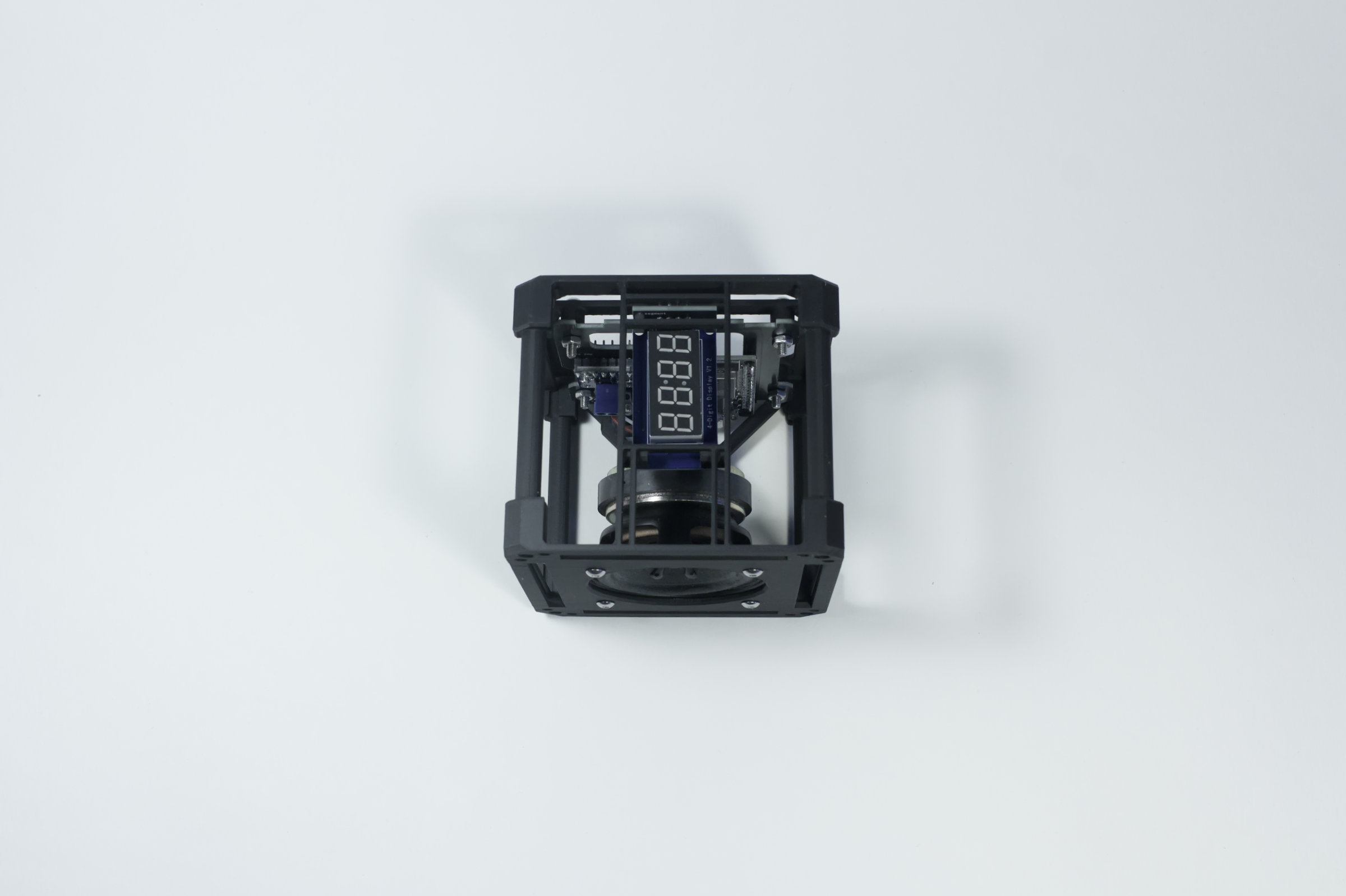
Due to the wireless connection to the nodes their sounds are partly delayed, which results in a spatially emphasized sonic impression. The spatial arrangement almost puts the objects in a line, opposite of the speakers playing the rest of the soundtrack. This underlines their respective roles: the objects represent the bidding parties of the system, while the soundtrack represents the coordination, aswell as societies reaction or interpretation of the bidders behaviour.
In addition, the nodes are arranged so that they all face a single point. This makes them seem like a group of observers, each watching the same person, just as the advertisers in online marketing.
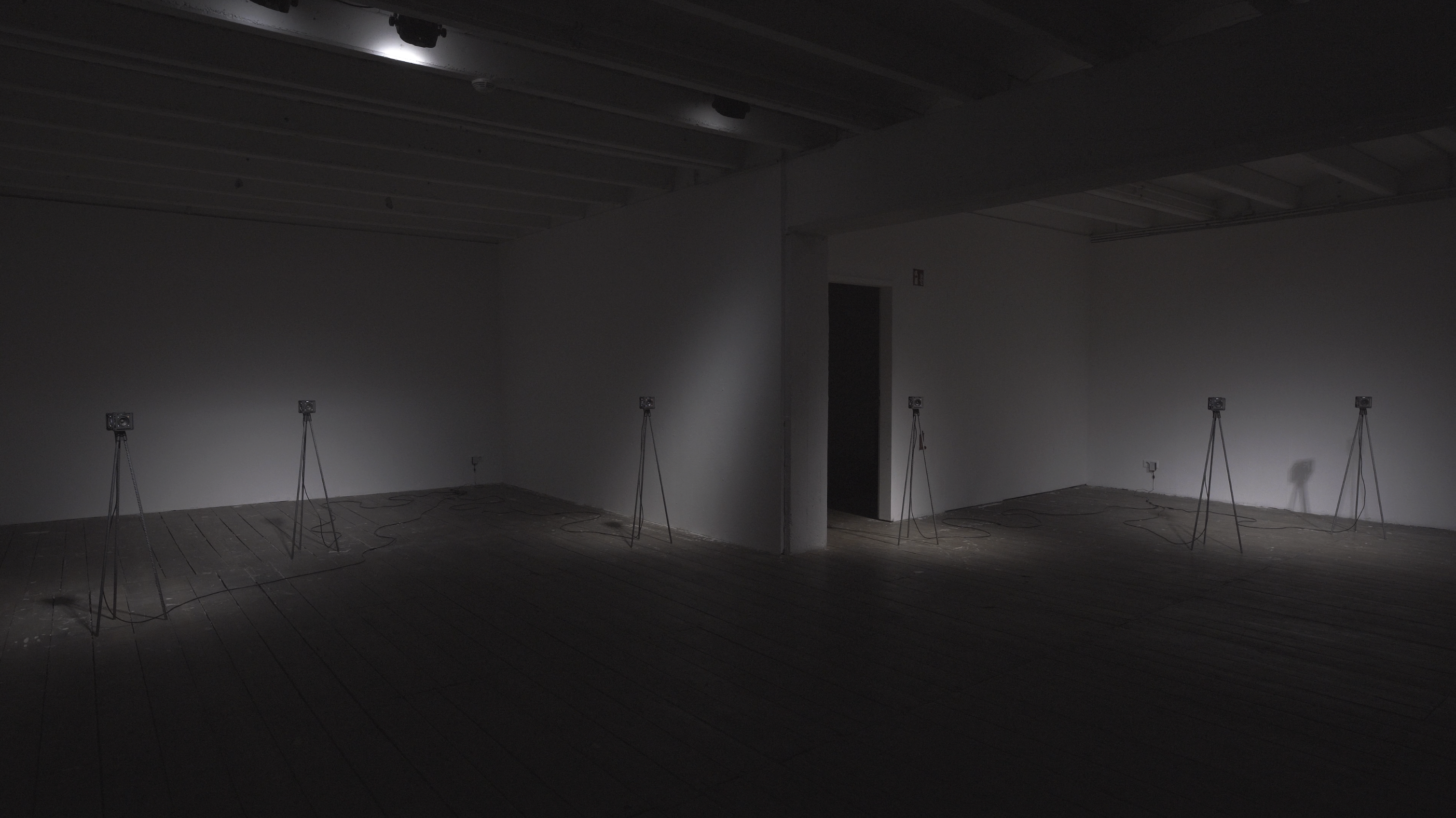
The work combines a generative with a compositional approach. The algorithm involved is fully implemented using code, including how the nodes transform numeric values into clicking sounds. This approach involves some investigation into how these systems might operate and includes gaining an understanding of them, but also of the possibilities to translate them into the sonic realm.
On the other hand, the work is a sound composition with linear time. The outcomes of the software are used as compositional material and both processes inform and influence each other.
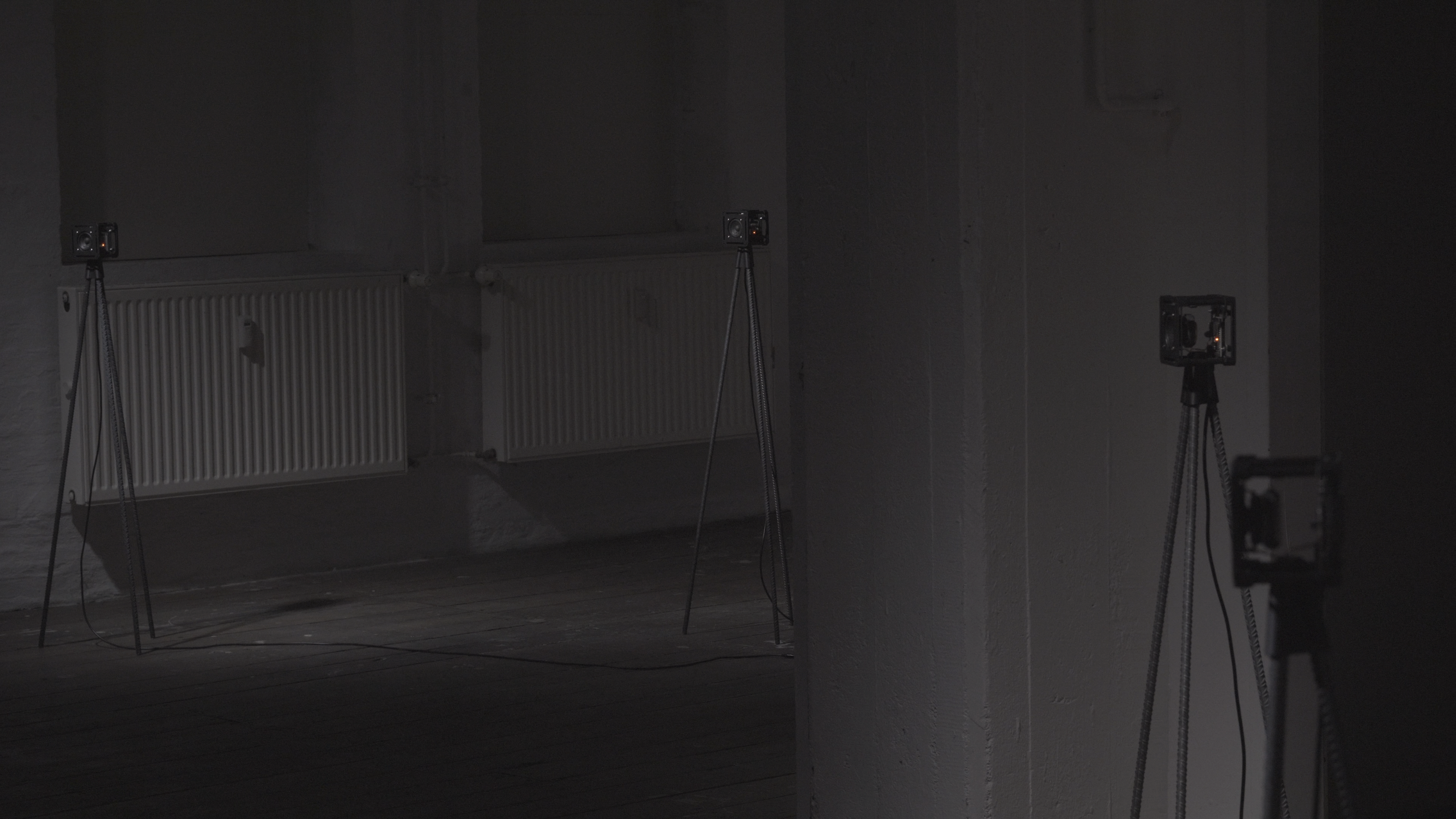
Black box systems control some key aspects of the digital spheres we spent our time in. Whether it is what search results we see, what videos we watch or which products are shown to us in advertisement: The decisions involved are not comprehensible to us.
Yet, we think we understand. We believe we know why we are presented with that specific search result, we know why a video is suggested or an ad for a product shown, which we bought two days ago. But we don’t understand how these decisions came to be and, as a consequence, can’t tell what we missed or don’t know who had an interest to interact with us by showing their content.
Which advertiser is allowed to show an ad at a specific time is decided on in an auction where each party can place a bid to earn the right to display their ad to the user. Online marketing professionals try to optimize the ad bidding strategies of their customers to reach their goals for the lowest possible price. Of course, the decision on which specific ad to bid is not taken by humans. Rather, the advertisement platforms are given broad goals and place bids automatically. The detailed strategies deciding which media we see most are implemented as opaque algorithms neither we nor the online marketing industry know, which means that online marketing involves a type of empirical field research to understand the algorithms involved.
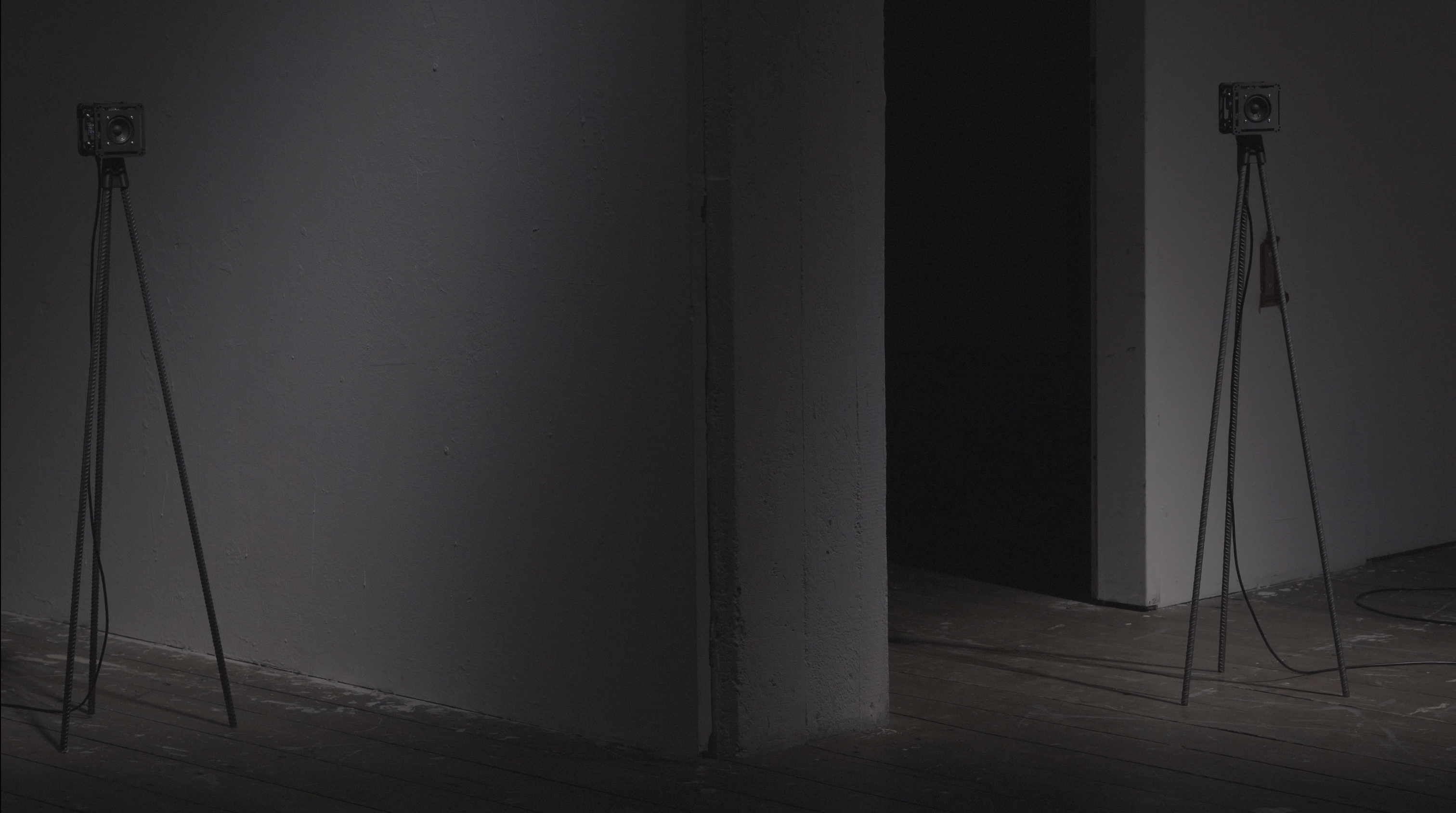
A lot of the technology we use is partly driven by algorithms that are not available to us, that are not publicly documented. These opaque algorithms control some key aspects of the digital spheres we spent our time in. Whether it is what search results we see, what videos we watch, which people we meet on dating platforms or which products are shown to us in advertisement: The decisisions involved are not comprehensible to us.
Yet, in a lot of cases we feel we know: We think we understand why we see what we Googled for, we know why a video is suggested or an ad for a product shown, which we bought two days ago. But we don’t understand how these decisions came to be and, as a consequence, can’t tell what we missed or don’t know who had an interest to interact with us by showing their content.
An area affected by this is advertising or online marketing. Nowadays, the ads shown to us are not universal: the things we see depend on a lot of factors, including our geographical position, the time of day, our own demographics, our interests.
Which advertiser is allowed to show an ad at a specific time is decided on in an auction where each party can place a bid to earn the right to display their ad to the user. Online marketing professionals try to optimize the ad bidding strategies of their customers to reach their goals for the lowest possible price. Of course, the decision on which specific ad to bid is not taken by humans. Rather, the advertisement platforms are given broad goals and place bids automatically. The detailed strategies deciding which media we see most are implemented as opaque algorithms neither we nor the online marketing industry know, which means that online marketing involves a type of empirical field research to understand the algorithms involved.